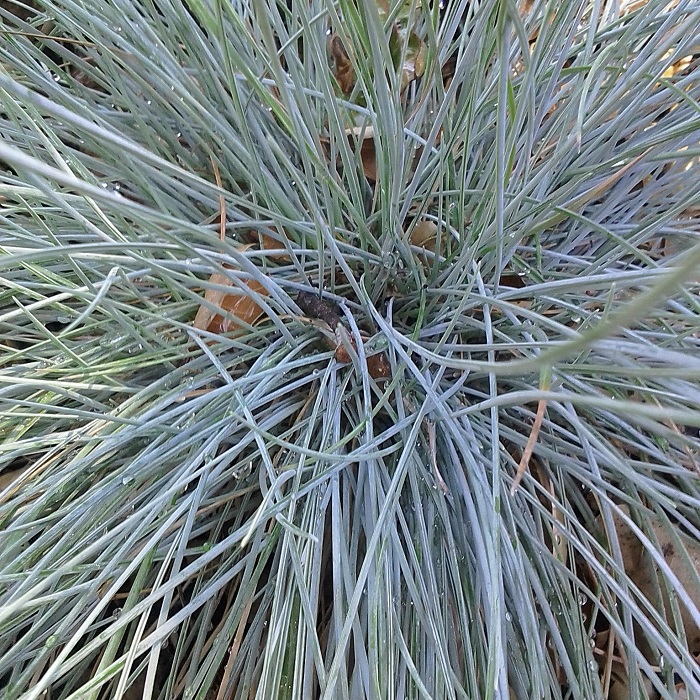UNITED STATES—Autumn is for planting; and for good reasons. It is the beginning of dormancy for almost all plants, including evergreens. It precedes cool and rainy weather that inhibits desiccation until new roots are able to disperse sufficiently to sustain new plants. Some plants need to be in the garden in time for winter chill in order to initiate bloom. However, not everything should get planted in autumn.
Winter is the best season for some plants. Many summer blooming bulbs get planted in winter because they are likely to start growing prematurely and get damaged by frost if planted in autumn with spring bulbs. Some perennials that are slightly sensitive to frost may get planted after average frost season so that they can bulk up enough to be more resilient to frost by the following winter.
Besides new plants that are purchased from nurseries to be planted in the garden, there are plants that are already established in the garden that might need to get dug, divided, and then planted back into the garden, or shared with friends and neighbors. Some might need to be transplanted because they are crowded or in the way of something. These present a different set of variables.
Once divided and transplanted, grasses, New Zealand flax, lily-of-the-Nile, African iris and other stoloniferous perennials (that spread by creeping stems known as stolons) are more susceptible to rot than nursery grown plants, because so many of their roots get severed. Even if aggressively pruned while getting divided and transplanted, shrubby plants, like lilac and forsythia, are more susceptible to desiccation than nursery grown plants, simply because they lack sufficient roots.
If divided or transplanted through winter rather than autumn, plants get a few weeks of cool and rainy weather to settle and disperse their roots, but do not have enough time to rot or desiccate before the weather gets warm enough for them to resume growth and recover resiliency. Perennials that get cut back in the process spend less time looking shabby before new growth develops.
Highlight: blue festuca
To avoid confusion with dwarf fescue blue turf grass, Festuca ovina glauca is more familiarly known as blue festuca. If planted close together and left to spread as a small scale ground cover, it is much lumpier and mounding than uniformly spreading turf. It is a clumping perennial that is more popularly grown as distinct tufts of finely textured blue gray foliage that looks like gray sea urchins.
Either individually, or in small herds, these resilient gray sea urchins mix nicely with brightly colored flowering annuals. They do not need too much water, but can tolerate as much as annuals want. Their color is best in full sun. Partially shaded plants are greener, with longer and more pliable leaves. So are feral plants that rarely grow from seed. Modern cultivars are bluer than classic types.
The evergreen foliage does not get much higher than half a foot, with thin and less impressive floral spikes that stand a bit higher in summer. It slowly spreads wider, but before it gets a foot wide, it will probably be going bald in the middle. Overgrown or balding plants can be dug and divided into new smaller plants in winter. Old foliage that gets shorn in the process is replaced in spring.
Horticulturist Tony Tomeo can be contacted at tonytomeo.com.






